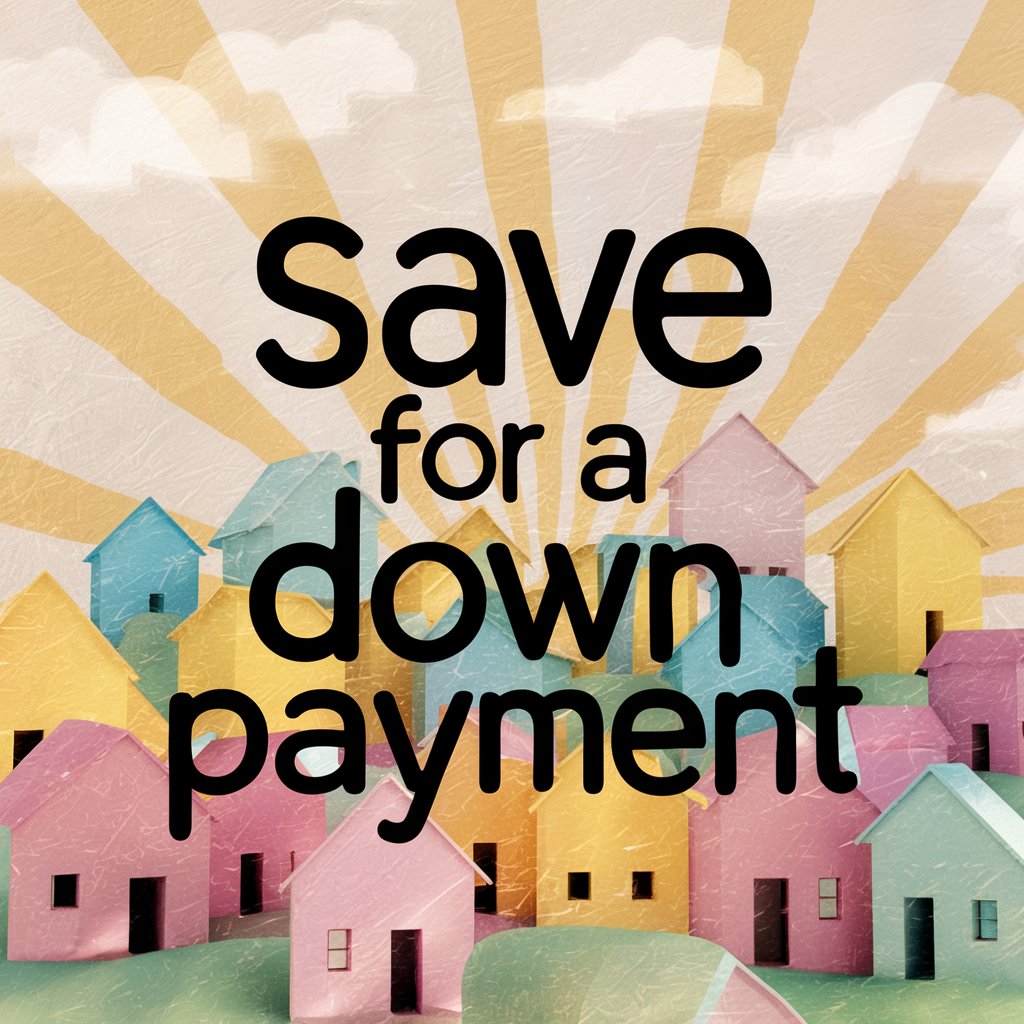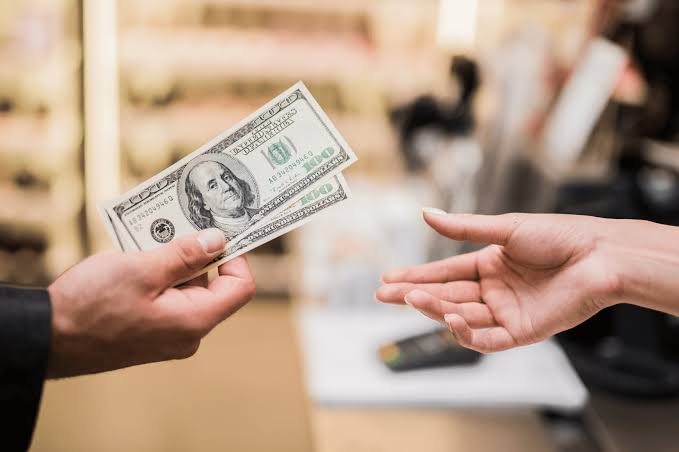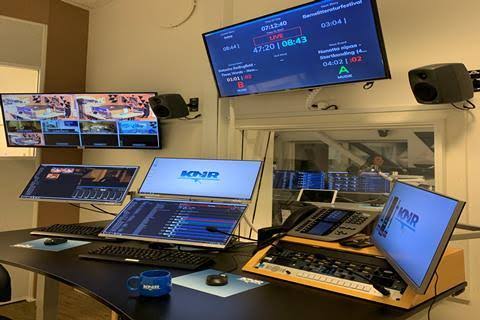When planning to buy your first home, one of the most significant financial questions is how much should be saved for the average down payment on a house. This amount can vary widely depending on several factors, including the cost of the home, the type of mortgage, and your financial circumstances. Understanding how much to save can make buying your first home smoother and more manageable. This article explains what you need to know to effectively save for your down payment.
Understanding Down Payment Basics
The down payment is the portion of the purchase price you pay upfront in cash. This is not part of the amount you borrow and is typically expressed as a percentage of the home’s total price. For many first-time homebuyers, figuring out how much to save for a down payment is the first step toward homeownership.
The standard down payment amount for conventional loans is typically 20% of the home’s purchase price. However, many lenders offer loans that require less than 20%, some as low as 3-5%, especially for first-time buyers. Saving a larger down payment can often result in more favorable loan terms and lower monthly mortgage payments.
SoFi states, “The average down payment on a house in the US is around 6-20% of the purchase price.”
Loan Type and Down Payment Requirements
Different types of mortgage loans have different down payment requirements. For instance, conventional loans typically require a higher down payment than government-backed loans. Federal Housing Administration (FHA) loans, popular among first-time homebuyers, can have down payments as low as 3.5% if your credit score is 580 or higher.
On the other hand, VA loans for veterans and service members and USDA loans for buyers in rural and some suburban areas might not require any down payment at all. It’s crucial to explore different mortgage options and understand their specific requirements and benefits to see what best fits your financial situation.
Impact of Down Payment Size on Mortgage Payments
The size of your down payment significantly affects the amount of your monthly mortgage payments. A larger down payment reduces the loan’s principal, meaning you borrow less and, therefore, will pay less in interest over the life of the loan. Additionally, if you put down 20% or more, you typically avoid paying for private mortgage insurance (PMI), which can add to the monthly expense.
It is important to calculate how different down payment sizes will affect your monthly budget. Tools like mortgage calculators can help you see the impact of various down payments on your future monthly payments, helping you decide how much to save based on what you can afford.
Saving Strategies for a Down Payment
Saving for a down payment requires a strategic approach, especially if you aim to save significantly. Consider setting up a separate savings account specifically for your down payment to help keep track of your progress and prevent you from dipping into these funds for other expenses.
Automating your savings can also be beneficial. Set up an automatic transfer from your checking account to your savings account right after each paycheck is deposited. This “pay yourself first” strategy ensures you consistently contribute to your down payment fund before covering other expenses.
Deciding how much to save for a down payment on your first home depends on various factors, including the type of mortgage you choose and your long-term financial goals. By understanding the basics, exploring different loan options, considering the impact of the down payment size, employing effective saving strategies, and practicing patience, you can confidently set yourself up for buying your dream home. Remember, the right down payment amount aligns with your financial capabilities and homeownership goals.






